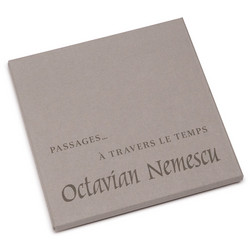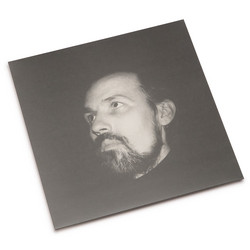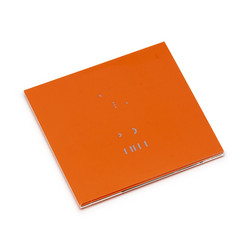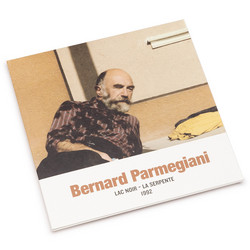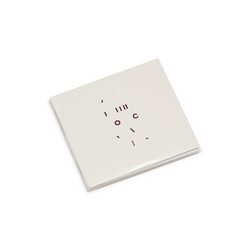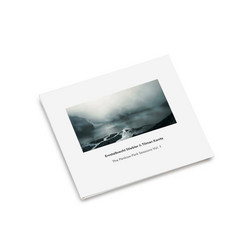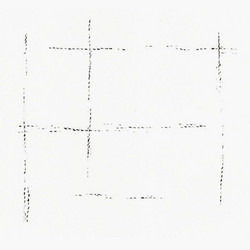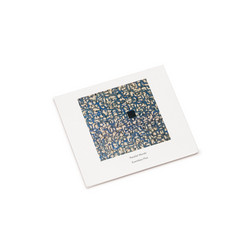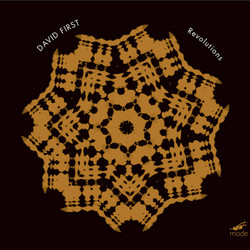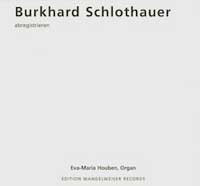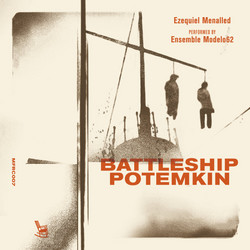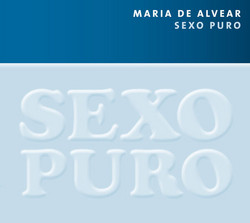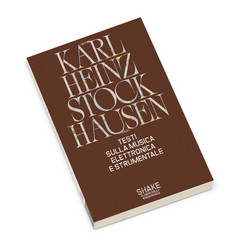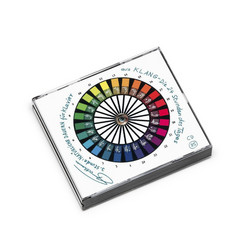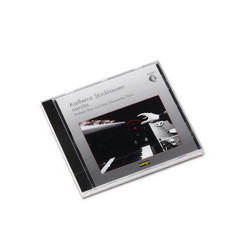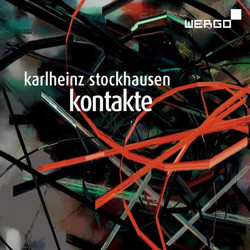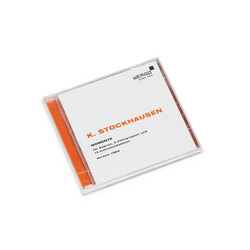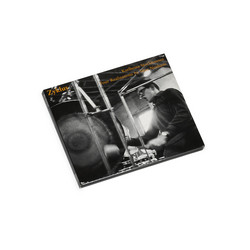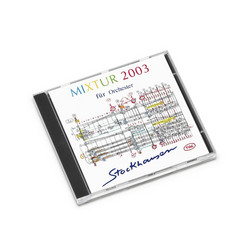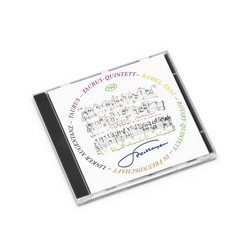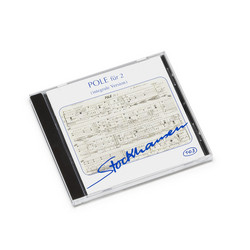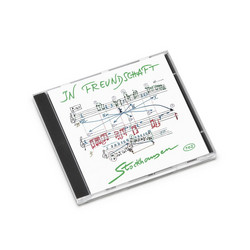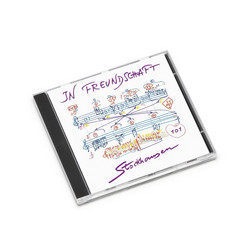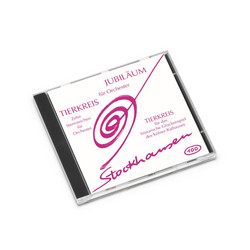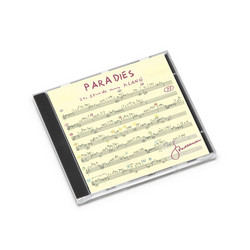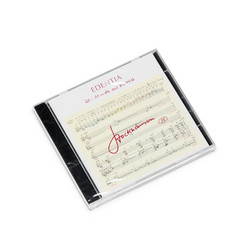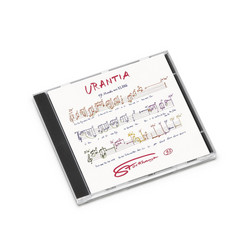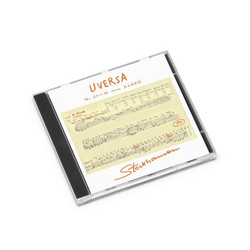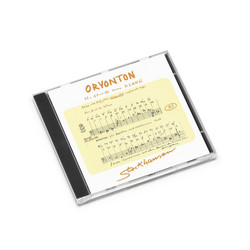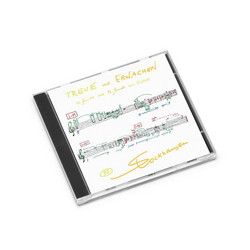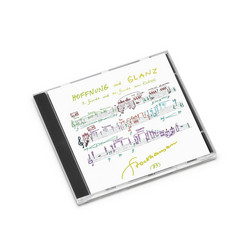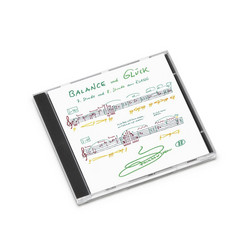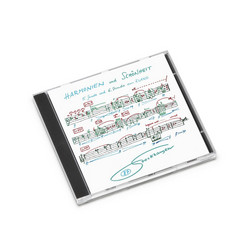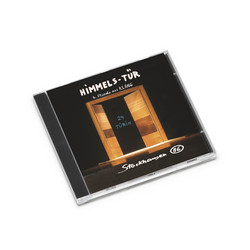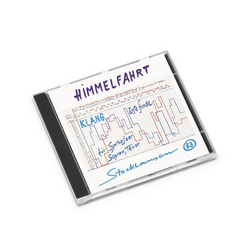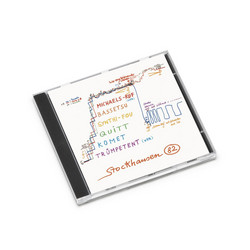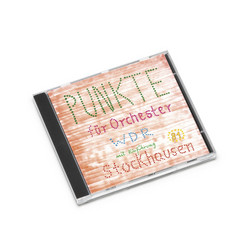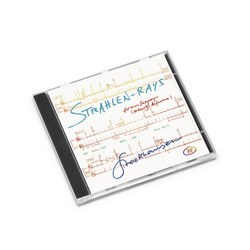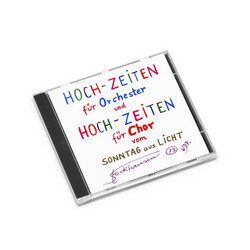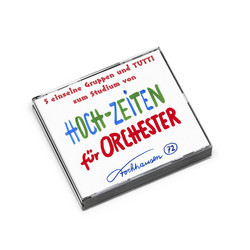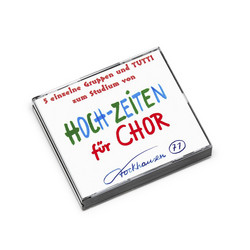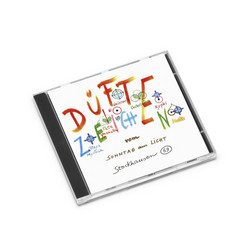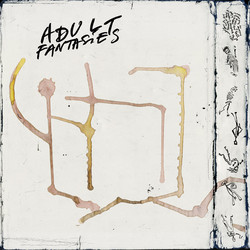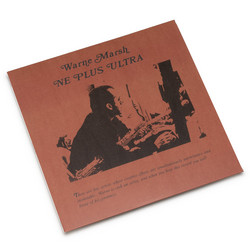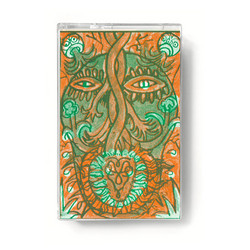Karlheinz Stockhausen
Hymnen (4CD Box)
Program notes in German and English in 200-page booklet. Karlheinz Stockhausen personally mixed down and mastered these recordings from the original analogue tapes for this CD edition. Karlheinz Stockhausen –“Mikrophonie I” (1964) for tam-tam, 2 microphones, 2 filters with potentiometers (6 players) / “Mikrophonie II” (1965) for choir, Hammond organ, 4 ring modulators / “Telemusik” (1966) (electronic music). Together with Stockhausen's immediately preceding work Mixtur, for five orchestra groups, four sine-wave generators, four ring modulators, they form a tryptych of live-electronic works, where electronic transformations are accomplished during the performance (as opposed to studio-produced electronic music on tape).
"Stockhausen has said that a composition should surprise, and that the less it reminds you of something else, the better it is. You can read Stockhausen’s own words on this in the book “Stockhausen 70”, in a series called “Signale aus Köln – Beiträge zur Musik der Zeit”, in this case in Band 1, where a text called “Bildung ist grosse Arbeit” appears. The subtitle is “Karlheinz Stockhausen im Gespräch mit Studierenden des Musikwissenschaftlichen Instituts der Universität zu Köln am 5. Februar 1997”, and the setting is a meeting between students of music and the Maestro, where Stockhausen answers questions and discusses issues with the students. It is a pleasure to note how good and friendly Stockhausen’s relations with these students are, and how easily he socializes with young persons, and especially artistically inclined young people – and of course all young persons (at least as long as they are children) are artistically inclined – until the binding and frustrating forces of society takes hold and crushes everything that is really alive and well inside their fresh minds; and that is especially apparent in latter day Western cultures and societies, which have become so “secular” (in the worst meaning of the word) that any strong spiritual experience is supposedly a negative occurrence – and bear in mind that all lasting artistic experiences are of a certain spiritual quality, which in turn has long-lasting implications as to what kind of culture we shape, to live in.
Anyhow, the words that Stockhausen utters about the surprising, new quality of any good new composition are proved immediately as you go through his own oeuvre. I have reached “Hymnen” on my journey through Stockhausen’s works, and sure enough, many things surprise me; especially my own gut reactions that the music awakens in me! This piece, presented on four CDs in a box, is about two hours long, and appears here in two of the three existing versions; the first for electronic and concrete music; the second for electronic and concrete music with soloists.
Stockhausen’s intentions – to simplify it – with the composition of “Hymnen”, were to incorporate people of all races and nations in a work combining electronics, vocals and instruments, making it a universal piece. In “Hymnen” about forty national anthems from the far reaches of the Earth combine forces in four “regions”. Stockhausen wanted to compose new pictures out of known pictures, much the way Jasper Johns did with the star-spangled banner, except that Johns did it with just one original picture, whereas Stockhausen uses many “pictures” (anthems). Stockhausen did not consider the anthems as composed art music, but as something general, commonplace. Stockhausen started the work on “Hymnen” before “Telemusik”, but had to abandon the work on “Hymnen” momentarily when he went to Japan in 1966. In fact, Stockhausen started planning the piece already in 1965. After completion of “Telemusik” in Japan he continued the long work on “Hymnen”, and the beginning – about 18 minutes – was composed last. Stockhausen says that “Telemusik” (with its all-embracing characteristics) was – or turned out to be - a preparation for “Hymnen”. The surprising quality that strikes you immediately as you let the music immerse you is the richness of events, the richness of sounds, of spatial aspects, of associative inducements – like a tapping of a dream factory – your own subconscious or rather the collective unconscious…" (Excerpt from Ingvar Nordin / Sonoloco extensive review)

